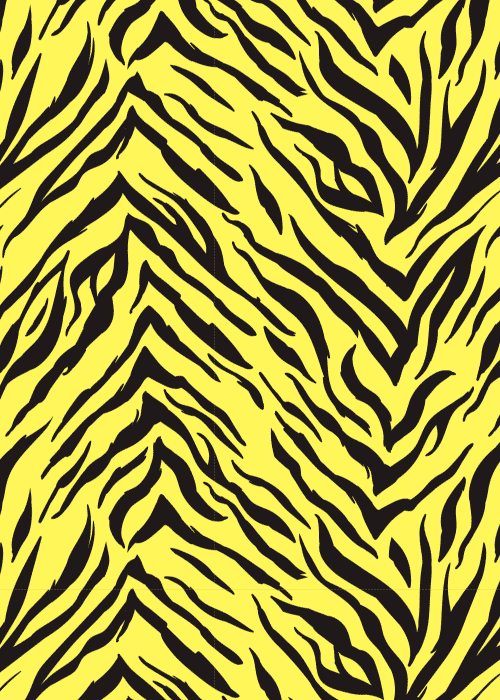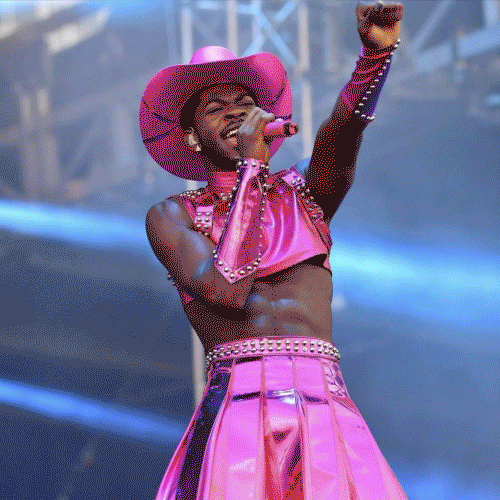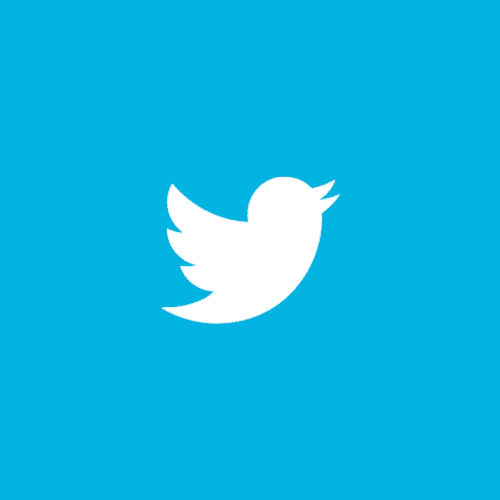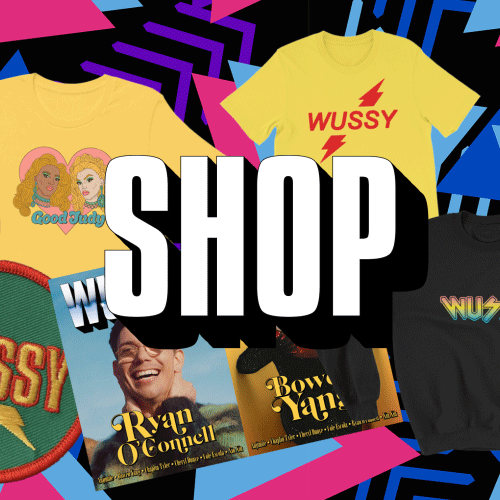Who Needs Gay Books?
On a sunny afternoon in November 2016, I opened my email inbox to find an urgent message from a colleague who works at a local history museum. She said that the board was pressuring her to throw away a stack of books featuring photographs of drag and burlesque performers. They are “a little racy,” she said. So, the next day I drove to the museum, grabbed the books, and threw them into the back seat of my car.
Three months later, in February 2017, a sympathetic staff member at the local public library set aside another pile of books for me. These were volumes about homosexuality, gay history, gender identity—books that library staff had weeded off the shelves to make room for newer titles. These books were destined for the dumpster, so I put them in my bag and walked away.
If it sounds like I’m some kind of gay-book-saving caped crusader, you are not wrong. Although I do not wear a cape, I am part of a team of volunteer queer librarians affiliated with the Southwest Virginia LGBTQ+ History Project, a grassroots public history initiative that I helped found in Roanoke, Virginia in 2015. The LGBTQ+ History Project is a multifaceted organization committed to researching and interpreting the diverse histories of queer and trans people in our little corner of the world: the foothills of Appalachia. Some call this place the Bible Belt. We are a region known more for Jerry Falwell than for queer liberation.
Every Sunday for the past year, approximately a dozen of us have worked to catalog and digitize the records of one of the largest private LGBT libraries in the country—a library miraculously located right here in Roanoke. We sit around two conjoined tables in the back room of the Roanoke Diversity Center, our local LGBTQ community center, clicking our fingers on computer keyboards, entering data about obscure gay books, while munching on snacks, listening to indie music, and talking about our queer lives.
We have bonded with each other—and we have also bonded with the books, developing what I call “queer bibliophilia.” Bibliophiles are people who love books. But what about queer people and our books? Do we queer folk not have a unique relationship to the printed page? When I get a call to save yet another stack of imperiled gay volumes, what motivates us to the rescue? Who cares about gay books?
THE ROANOKE LGBT MEMORIAL LIBRARY, LOCATED AT THE ROANOKE DIVERSITY CENTER IN ROANOKE, VIRGINIA
Jim Ricketson began collecting gay books in Roanoke in the 1990s. Before his death in 2000, he had assembled nearly one thousand volumes. His friend Ed Harris vowed to carry out Ricketson’s dream of turning the private collection into a circulating library. At the time, public libraries, especially in the South, did not carry very many LGBT titles. The books they did carry were often scientific or religious in nature, classifying homosexuality as a disorder or sin. Popular gay and lesbian fiction rarely found its way onto library shelves.
A team of volunteers assisted Harris, and on December 6, 2000 the dream came true: the Ricketson GLBT Memorial Library opened to the public. Yet, within two years, they were asked to vacate the building where they were leasing space. Volunteers recount that other tenants in the building found some of the library’s flyers “objectionable.” The group then attempted to rent space on a narrow block downtown, adjacent to Roanoke’s last remaining gay bookstore and a gay church. But they could not raise the funds needed to keep the doors open. One year later, they boxed up the books, but not before expanding the collection to nearly three thousand volumes.
Over the next decade the library shuffled around town. A local HIV-testing clinic reopened the library in the mid-2000s. When they downsized and could no longer house the books, the library then moved inside the Metropolitan Community Church, an LGBTQ-oriented church in Southeast Roanoke. Volunteers reopened the library there in the early 2010s. Then, after a few years, it shut down again.
When the library first opened in 2000, it filled a vacant role in our community. There was no community center back then. All that existed were the bars. And in contrast to the gay-male-dominated spaces of bars and nightclubs, the Ricketson library catered to underserved audiences. They held a lesbian book club, leading to a tremendous expansion in the library’s lesbian fiction collection. The library also hosted one of the region’s first transgender support groups. It was a community space. A queer space.
Indeed, queer books were never just about reading. In the second half of the twentieth century, gay bookstores were critical sites of consciousness-raising as well as sexual experimentation. Some bookstores had video carousels in the back where men watched pornographic films. You could masturbate there, or engage in sexual encounters. Others met their lovers in a gay bookstore, beginning a romance, say, over a shared love of Rubyfruit Jungle. But then gay bookstores began to disappear. The city of Roanoke, for instance, attempted in the 1970s and 1980s to use obscenity laws to shutter the adult bookstores downtown. Ultimately, a devastating combination of policing, downtown gentrification, and the rise of the Internet left Roanoke with only one remaining gay bookstore by the turn of the twenty-first century. In 2004 they shut their doors, too.
LIBRARY WORK IS PERFORMED ENTIRELY BY QUEER AND TRANS VOLUNTEERS, RANGING IN AGE FROM FIFTEEN TO SEVENTY BUT MOSTLY IN THEIR TWENTIES AND THIRTIES.
Today, a new generation of young LGBTQ people are engaging with the previous generation’s books. Our volunteer librarians represent a diverse rainbow of ages, genders, and sexualities, from a surly fifteen-year-old high school student to a former gay liberation activist, now approaching seventy years old. On average, we are mostly in our twenties and thirties. This means that the majority of us grew up on the World Wide Web. We explored our own queerness through Yahoo searches and in chatrooms, on Tumblr pages and watching Youtube videos. Holding gay books in our hands feels strangely historical and perhaps even religious. Someone will read out loud from the back cover of a lesbian sci-fi feline-themed fantasia and we can’t help but laugh. “What the f––– is that?” Then someone picks up a gay manifesto from the early 1970s arguing for ethical love between adult men and underage boys and we all cringe. This leads to a vigorous debate about whether to tag the book, ahistorically, as “rape.” The range of emotions that we feel handling these books is truly profound. The sheer volume of titles about AIDS, for example, is a reminder not just of a generation lost forever, but a generation that we personally never knew. All we have are the books that comforted bereaved lovers and forsaken parents. It is humbling to hold these in our hands.
When we reached six months of volunteer work on the library, we decided to celebrate by holding a ten-hour “Librarathon.” From 2 p.m. to midnight we catalogued hundreds of books, taking breaks to eat local Chicano food and perform dramatic (and oftentimes comical) readings of some of the finest selections from our collection. One volunteer read from the 1969 classic Hi-Ho the Cherry-O, which is so poorly written that we guessed it was simply printed as a vehicle for the black and white photographs inside of young men in knit sweaters wearing no bottoms. I myself read from the 1990 Alyson Publications volume Lavender Lists. Imagine if Buzzfeed’s top-ten lists were really queer and printed on paper. That’s this book.
THE ROANOKE LGBT MEMORIAL LIBRARY HELD A LIBRARATHON, A TEN-HOUR MARATHON CATALOGING SESSION FEATURING DRAMATIC READINGS FROM THE COLLECTION, ON MARCH 11, 2017.
As we approach completion of this project—namely, the creation of a digital catalog of the entire Ricketson collection—we dream of turning Roanoke’s seventeen-year-old gay library into a new community space. The Roanoke Diversity Center is the current owner of the library, and soon those who enter the center will have the opportunity to browse the books. I imagine authors reading queer poetry and signing copies of their publications. We can host book clubs again. Perhaps students will come here and examine how gay books have changed over time: the language used in psychology manuals, or the cover images on lesbian pulps.
But who needs gay books? Now that we have the Internet and we can create our own content online, why would anyone—especially young LGBTQ people—want to spend their days leafing through scientific manuals, outdated guidebooks, and crummy sci-fi? Perhaps it is because these volumes are one of our only living links to the past. Books arguing for and against same-sex marriage in the 1990s put into perspective an issue that many of us take for granted. Gay guidebooks from 1960s-era New York City remind us how secretive and potentially dangerous it was to find each other just two generations ago. The poetry of Walt Whitman still offers us clues for unlocking our erotic desires and celebrating the bonds of our common humanity. And lesbian cats in outer space? Well, why the hell not? We are a creative and resilient people. Our queer ancestors could not see themselves in the literature of their era, so they wrote themselves and the world they wanted to see into existence. It is a tremendous gift to us that we can read their words and learn from their struggles and experiences. There is a kind of transgenerational solidarity and a gender and sexual euphoria that comes from holding a gay book in one’s hands. Call it queer bibliophilia.
----
Gregory Rosenthal is Assistant Professor of Public History at Roanoke College and co-founder of the Southwest Virginia LGBTQ+ History Project. Explore more of their work at gregoryrosenthal.com.
Archive
- February 2025
- November 2024
- October 2024
- September 2024
- August 2024
- July 2024
- June 2024
- May 2024
- April 2024
- October 2023
- July 2023
- June 2023
- May 2023
- April 2023
- March 2023
- February 2023
- June 2022
- April 2022
- March 2022
- January 2022
- December 2021
- October 2021
- September 2021
- August 2021
- July 2021
- June 2021
- May 2021
- April 2021
- March 2021
- February 2021
- January 2021
- December 2020
- October 2020
- September 2020
- August 2020
- July 2020
- June 2020
- May 2020
- April 2020
- March 2020
- February 2020
- January 2020
- December 2019
- November 2019
- October 2019
- September 2019
- August 2019
- July 2019
- June 2019
- May 2019
- April 2019
- March 2019
- February 2019
- January 2019
- December 2018
- November 2018
- October 2018
- September 2018
- August 2018
- July 2018
- June 2018
- May 2018
- April 2018
- March 2018
- February 2018
- January 2018
- December 2017
- November 2017
- October 2017
- September 2017
- August 2017
- July 2017
- June 2017
- May 2017
- April 2017
- March 2017
- February 2017
- January 2017
- December 2015
- November 2015
- October 2015
- September 2015
- August 2015
- July 2015
- June 2015
- May 2015
- April 2015











